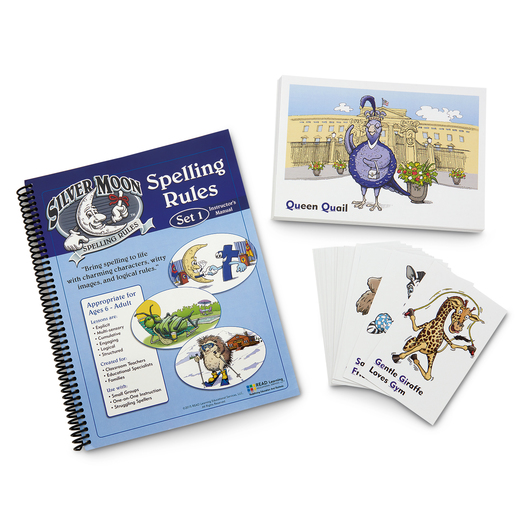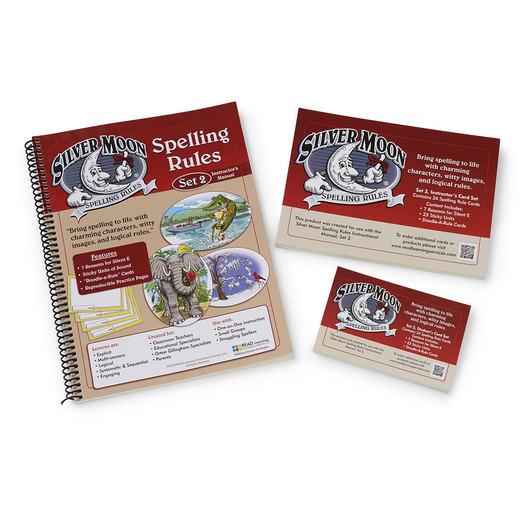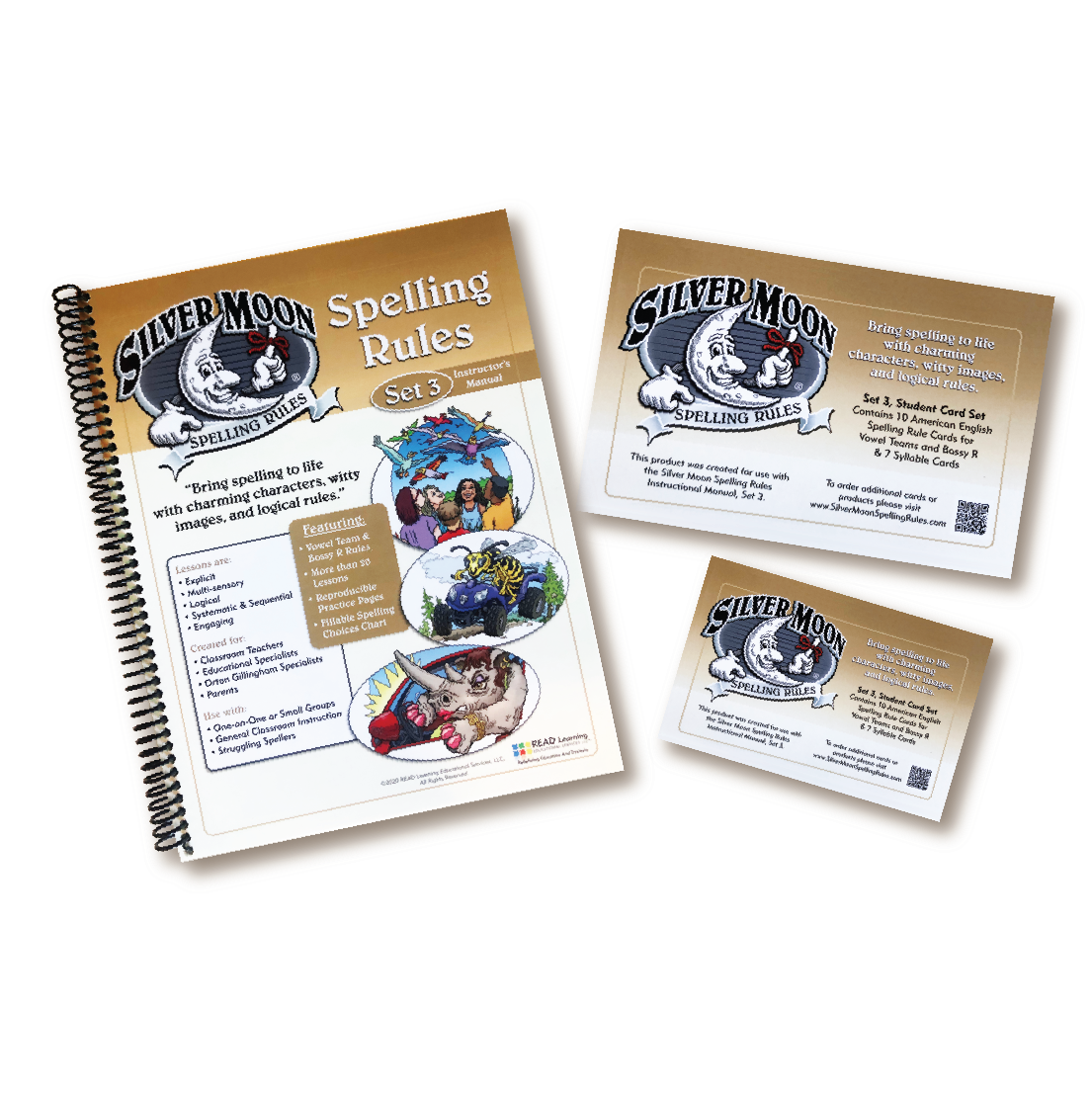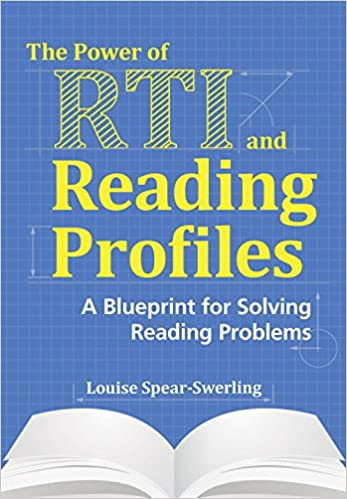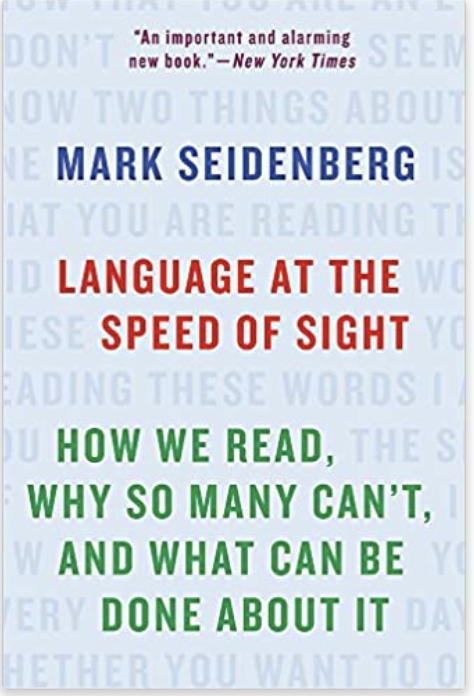“Brain images of children with dyslexia taken before they received spelling instruction show that they have different patterns of neural activity than do good spellers when doing language tasks related to spelling. But after specialized treatment
emphasizing the letters in words, they showed similar patterns of brain activity. These findings are important because they show the human brain can change and normalize in response to spelling instruction, even in dyslexia, the most common
learning disability...spelling development progresses through three stages - phonological, orthographic and morphological...After receiving the orthographic instruction that emphasized strategies for focusing on and remembering the letters in written words, the brain activity of the dyslexic children changed to more closely resemble that of the good spellers. The children's spelling on a standardized test also improved...”
Resource:
Brain Images Show Individual Dyslexic Children Respond to Spelling Treatment: Medical News Today, February 2006
Research taken from, The Journal of Neurolinguistics, January 2006
“Poor spellers have trouble remembering the letters in words because they have trouble noticing, remembering, and recalling the features of language that those letters represent. Most commonly, poor spellers have weaknesses in underlying language skills including the ability to analyze and remember the individual sounds (phonemes) in the words...Classroom spelling programs should be organized to teach a progression of regular spelling patterns.”
Source:
International Dyslexia Association, Spelling Fact Sheet"...studies have found that effective spelling instruction explicitly teaches students sound-spelling patterns. Students are taught to think about language, allowing them to learn how to spell—not just memorize words. As a result, linguistically explicit spelling instruction improves spelling of studied words and novel words.":
How Words Cast Their Spell: Spelling Is an Integral Part of Learning the Language by: R. Malatesha Joshi, Rebecca Treiman, Suzanne Carreker, and Louisa C. Moats 2009 American Educator
“Spelling and reading build and rely on the same mental representation of a word. Knowing the spelling of a word makes the representation of it sturdy and accessible for fluent reading.” Catherine Snow et al.
How Spelling Supports Reading and Why it is More Regular and Predictable Than You May Think by: Lousia C. Moats, American Educator 2005/2006
“In neuroimaging studies, poor readers show atypically low activity in a part of the brain that processes the spelling of words.” Mark Seidenberg,
Language at the Speed of Sight: How We Read, Why So Many Can’t, and What Can Be Done About It. (2017)

